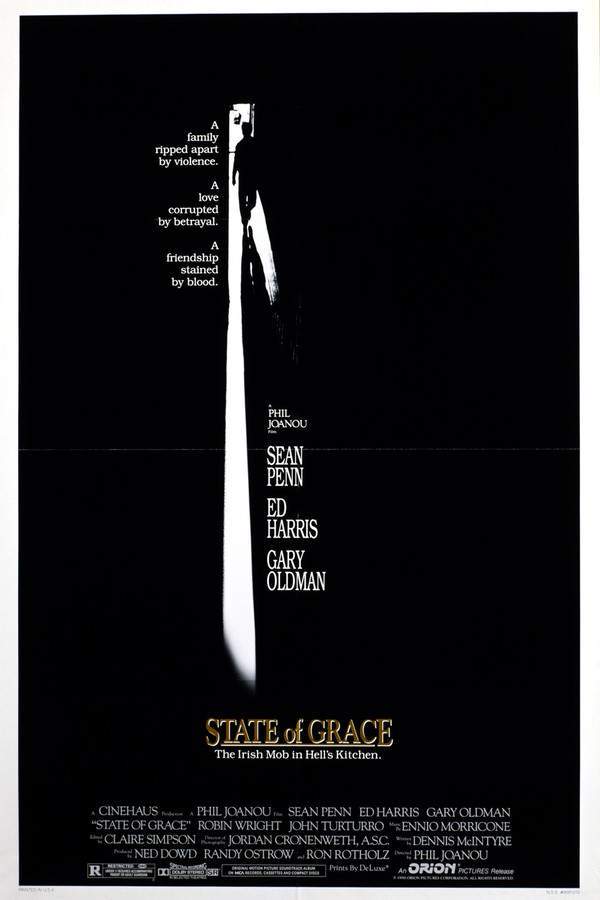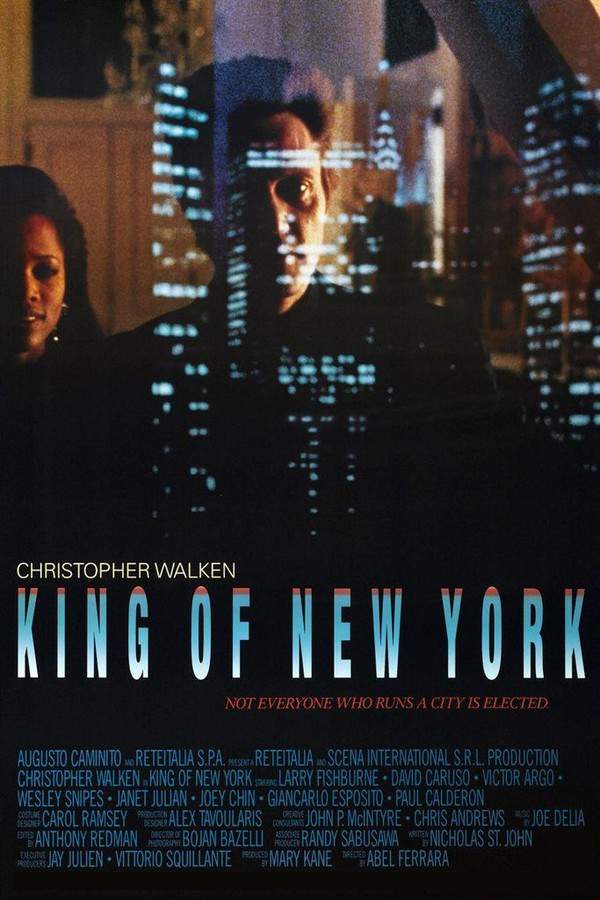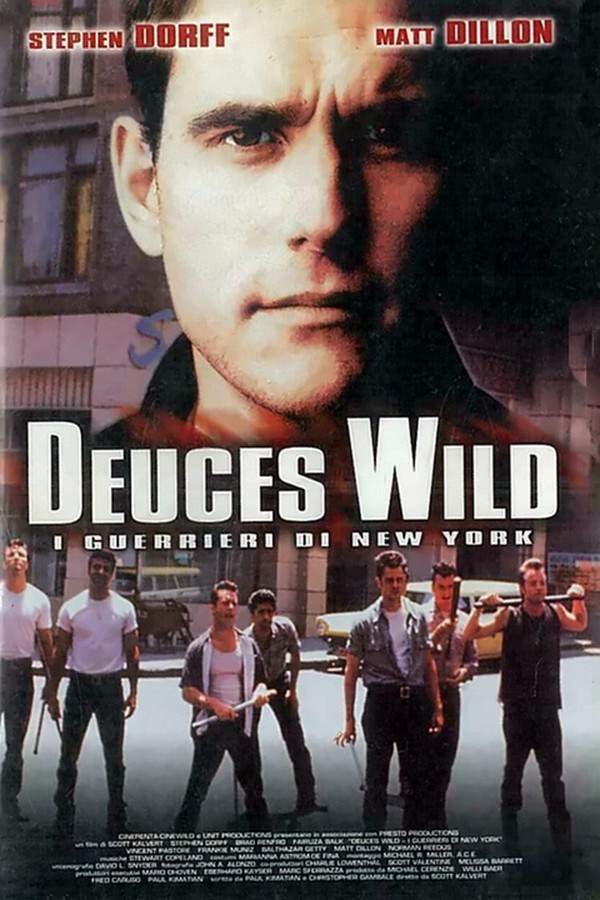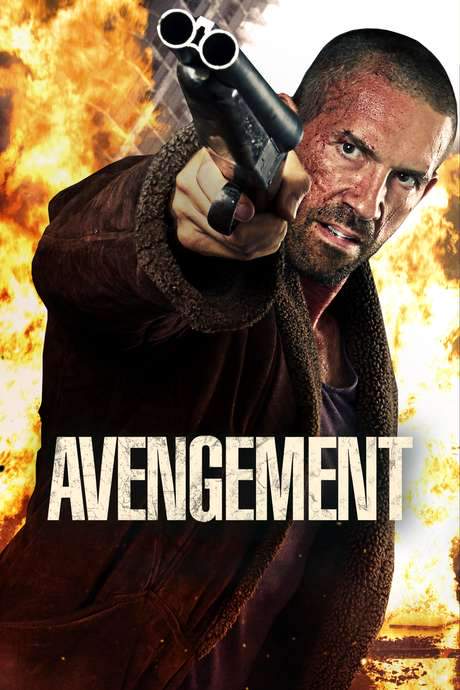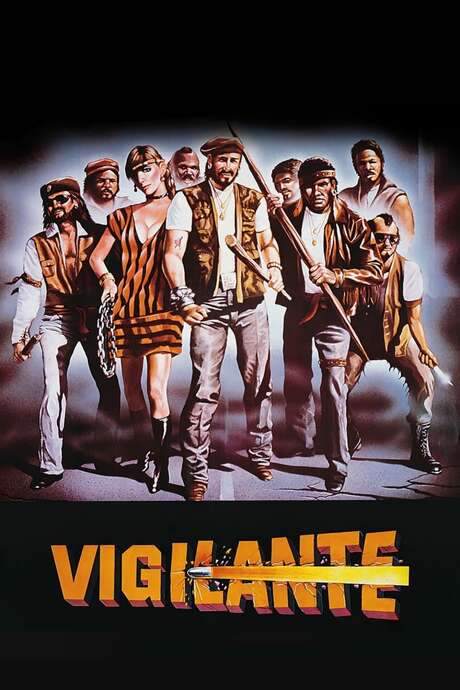
Defiance
Year: 1980
Runtime: 103 mins
Language: English
Director: John Flynn
When a violent gang called the Souls takes over his New York apartment building, Tommy—waiting for his next assignment as a seaman—finds he cannot stay silent. He moves in temporarily, tries to keep his head down, but soon confronts the gang. His stand not only weakens the Souls but also empowers the frightened neighbors, sparking a community‑wide shift.
Warning: spoilers below!
Haven’t seen Defiance yet? This summary contains major spoilers. Bookmark the page, watch the movie, and come back for the full breakdown. If you're ready, scroll on and relive the story!
Defiance (1980) – Full Plot Summary & Ending Explained
Read the complete plot breakdown of Defiance (1980), including all key story events, major twists, and the ending explained in detail. Discover what really happened—and what it all means.
Tommy Campbell, Jan-Michael Vincent, a merchant seaman, finds himself grounded in New York City after a six-month suspension. With time on his hands, he rents a shabby apartment on the Lower East Side and keeps pestering his supervisor, Joseph Campanella as he hunts for any possible ship assignment. When he pretends to speak Spanish to land a job on a Panamanian freighter, the opportunity seems to surface briefly, yet the city’s rhythm quickly pulls him into a harsher reality. Back in his cramped flat, Tommy tunes his ears to Spanish-language records, and a curious neighbor’s child imitates his practice, foreshadowing how art and life will brush up against each other in this tight-knit, turbulent neighborhood. A neighborly moment with Marsha Bernstein, Theresa Saldana, unfolds as she waters her plants on the fire escape and sprinkles Tommy with an apology of sorts, chatting about his paintings and ship photographs; the exchange is light, but it’s also a window into a city where intimacy and danger share the same street.
At the corner grocery, the owner, Abe, Art Carney, agrees to field Tommy’s calls until a telephone is installed. But the rhythm of the block is disrupted by the Souls gang, who slide through the aisles and groceries with a brazen ease that unsettles everyone. A subway trip ends in violence when the gang robs Tommy of his watercolor paints after a brutal beating, and a nightclub scene pushes the tension higher as Angel Cruz, Rudy Ramos, funnels money to a local enforcer, El Bravo, and piles Tommy’s art into a violent display for the crowd. All the while, Marsha steps in as a steady presence, nursing Tommy back to health after another stumble.
Soon the pair’s bond deepens. Tommy invites Marsha out for a date, and their evening of bowling becomes a quiet, honest confession of their hunger for something more than mere survival. As they walk the pier and talk about the sea, Marsha reveals a past living situation on the Upper West Side, hinting at a broader map of the city’s human geography. They return to a shared warmth that crescendos in a moment of intimacy, and Tommy’s world widens beyond the waterfront’s edge. The next day, a younger neighbor—referred to as “the Kid,” Fernando López—and Whacko, Lenny Montana, a rough-and-tumble mentor figure, reveal the fragile bonds that keep the block together as the Souls taunt Whacko in an alley.
The apartment becomes a fortress as Tommy patches his defenses—he installs stronger locks after discovering walls smeared with graffiti and a claustrophobia that speaks to a life under constant threat. The neighborhood’s mood shifts after a violent incident at the local church bingo: Angel Cruz and his crew rob players, and the crowd watches in fear as the priest, Father Rivera, James Victor, warns of moral peril even as Angel rips the crucifix from the priest’s neck. The fear of retaliation silences many, but Abe gathers the courage to sign the police report, and the community’s frustration begins to solidify into resolve.
Carmine DeFranco, Danny Aiello, becomes a bridge between neighbors, inviting Tommy for a drink at the Sportsmen Bar and helping to unite a cautious, wary block. When Carmine’s effort to mobilize the residents heightens, Tommy’s reluctance to stir trouble clashes with the growing sense that the gang’s presence is a direct threat to everyone’s safety. The rooftop garden Carmine and others build for Marsha’s refuge becomes a symbol of resilience, a small act of beauty in a place where violence is all too common. But the Souls’ revenges are swift: they destroy the garden and brutalize the kid, forcing Tommy to respond with a blend of restraint and grit.
In a pivotal meeting with Karenski, Tommy learns he is due to report to the container ship American Trader at Pier 44 in a week, a horizon that promises both escape and exposure. Yet the violence intensifies: the Souls vandalize the roof and corner Tommy, Carmine, and their allies in a furious street encounter. The neighborhood’s defiance erupts as garbage rains from fire escapes and a distant explosion punctuates the clash. When Angel shoots Carmine, Tommy chases the gang leader through the city’s labyrinth of alleys and stairwells, delivering a raw, physical reckoning that echoes the film’s insistence on personal accountability.
Police arrive, and the fight shifts toward accountability and justice. Carmine’s persistence—paired with a growing willingness from neighbors to stand up—culminates in an arrest and a renewed sense of communal power. The moment of truth arrives as Marsha and the Kid help support a dazed Tommy: he tells the officers he wants to file a complaint, and one by one, the block signs on, choosing to believe that standing up to violence can rewrite their shared story.
What remains after the dust settles is a city that has learned to measure courage not by avoidance but by standing together. The film closes with the neighborhood’s fractured but hopeful sense of solidarity, the memory of Whacko’s death lingering as a somber reminder of what was at stake and what was saved. The tale remains anchored in Tommy’s journey—from displacement to determination, from fear to a stubborn, burning resolve to protect a corner of the city that has become his home.
Last Updated: October 09, 2025 at 14:59
Unlock the Full Story of Defiance
Don't stop at just watching — explore Defiance in full detail. From the complete plot summary and scene-by-scene timeline to character breakdowns, thematic analysis, and a deep dive into the ending — every page helps you truly understand what Defiance is all about. Plus, discover what's next after the movie.
Defiance Timeline
Track the full timeline of Defiance with every major event arranged chronologically. Perfect for decoding non-linear storytelling, flashbacks, or parallel narratives with a clear scene-by-scene breakdown.

Similar Movies to Defiance
Discover movies like Defiance that share similar genres, themes, and storytelling elements. Whether you’re drawn to the atmosphere, character arcs, or plot structure, these curated recommendations will help you explore more films you’ll love.
Explore More About Movie Defiance
Defiance (1980) Scene-by-Scene Movie Timeline
Defiance (1980) Movie Characters, Themes & Settings
Defiance (1980) Spoiler-Free Summary & Key Flow
Movies Like Defiance – Similar Titles You’ll Enjoy
The Defiant Ones (1958) Plot Summary & Ending Explained
The Turning Point (2022) Film Overview & Timeline
State of Grace (1990) Movie Recap & Themes
Villain (2020) Full Movie Breakdown
Fresh (1994) Film Overview & Timeline
King of New York (1990) Spoiler-Packed Plot Recap
Safe (2012) Ending Explained & Film Insights
The Devil's Own (1997) Spoiler-Packed Plot Recap
Dead Man Down (2013) Spoiler-Packed Plot Recap
Deuces Wild (2001) Detailed Story Recap
Avengement (2019) Full Movie Breakdown
Vigilante (1982) Plot Summary & Ending Explained
The Guardian (1984) Spoiler-Packed Plot Recap
Street of No Return (1989) Full Summary & Key Details
Edge of the City (1957) Full Movie Breakdown





